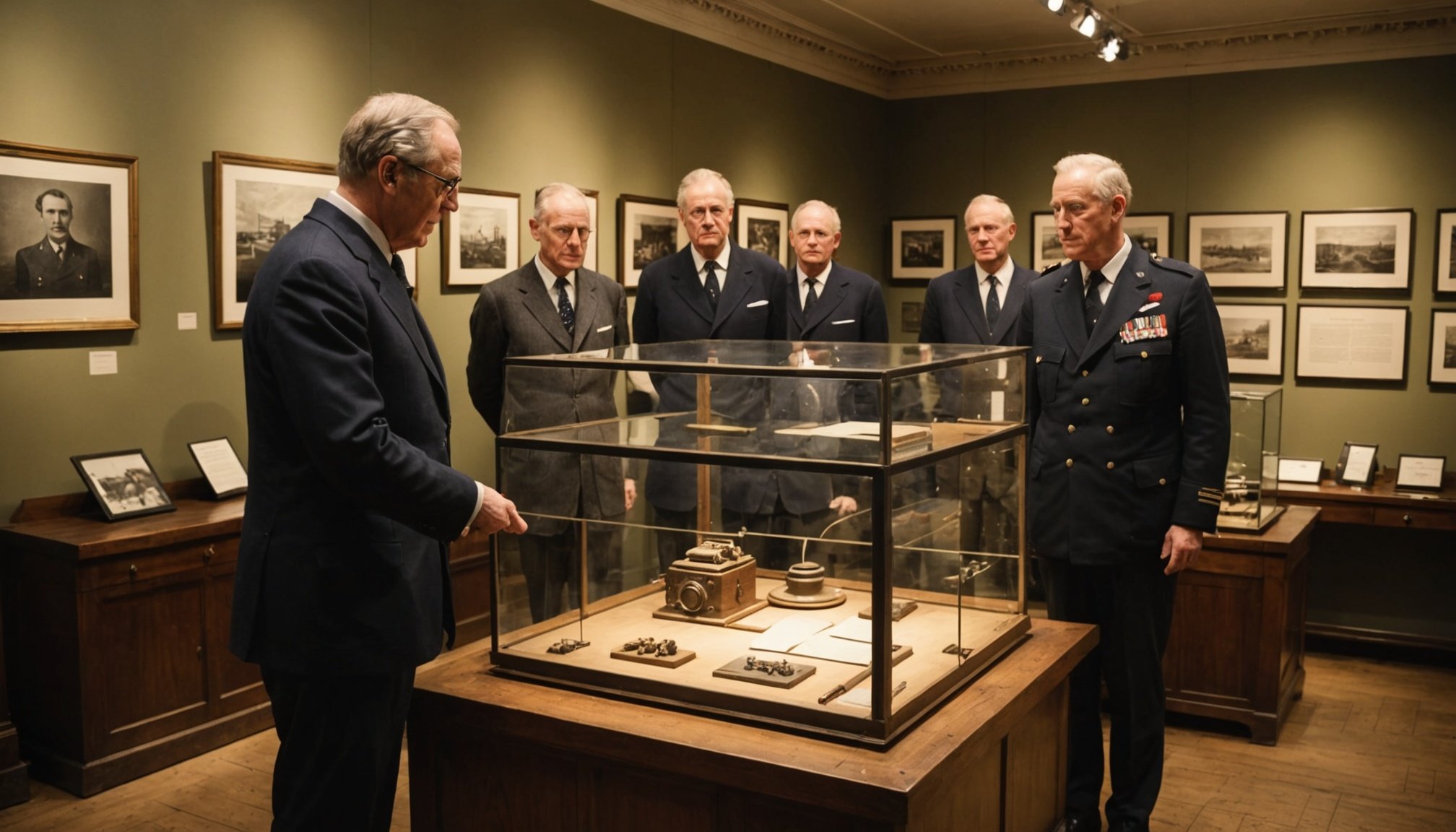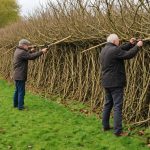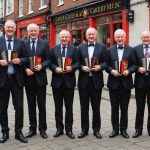Overview of Top UK Museums
Museums play a pivotal role in the preservation of British espionage history, offering intriguing insights into this clandestine world. These institutions safeguard artifacts and stories, ensuring that this secretive chapter of history is accessible to the public.
Among the top UK museums, several are renowned for their exceptional espionage-related exhibits. The Imperial War Museum in London stands out with its extensive collection on wartime intelligence. It showcases the pivotal role espionage played in shaping the outcomes of conflicts, illustrating stories of codebreakers and spies. Similarly, the National Museum of Scotland also offers engaging displays that delve into Scotland’s unique espionage history, including the espionage activities during the Jacobite risings.
Also read : Discover the Best UK National Parks for In-Depth Wildlife Tours and Native Habitat Exploration!
Another essential destination is the Churchill War Rooms, which provide a captivating walk-through experience of the hub of Britain’s WWII espionage activities. By presenting authentic artifacts and stories, these museums enhance public understanding of how espionage impacted British history.
Overall, these top UK museums not only highlight the importance of espionage in shaping political landscapes but also educate and engage visitors. Through meticulously curated exhibits, they bring to light the complex dynamics of wartime intelligence and covert operations, ensuring these narratives continue to fascinate future generations.
Also read : Explore the Best UK Museums Showcasing In-Depth Exhibits on British Colonial History
Detailed Exhibits on British Espionage
The landscape of British espionage is filled with fascinating stories and historical artifacts. These can be explored in various museums that focus on espionage exhibits and museum highlights.
Museum of Historical Secrets
This museum takes visitors on a journey through the shadowy world of espionage, featuring an array of historical artifacts. Key exhibits include documents tied to major espionage events, providing nuanced insights into covert operations. Notable artifacts, like encrypted communication devices, underscore the intrigue of spy craft. The museum also offers educational programs, empowering visitors to unravel the complexities of espionage.
Imperial War Museum
Here, espionage-related installations showcase the brave operatives and their awe-inspiring missions. Among the artifacts, visitors find personal items of famous spies that bring their secretive world into focus. The museum hosts temporary exhibits focusing on modern espionage challenges, shedding light on how contemporary issues compare to historical quests for intelligence.
Science Museum
The intersection of science and espionage is a captivating theme at the Science Museum. Exhibits highlight the evolution of espionage technologies, with ingenious gadgets and innovative devices used throughout history. Special events often feature notable speakers who engage audiences with discussions on the role technology plays in this intense field, expanding the understanding of espionage’s impact on science and society.
Notable Artifacts in Espionage History
Espionage artifacts offer a tangible connection to the hidden world of spies and covert operations, sparking intrigue for enthusiasts and historians alike. Historical significance of these items is immense, providing insight into the tactical ingenuity embedded in espionage throughout the ages. Various museums worldwide showcase extensive collections of feature items which reveal the clandestine tactics employed by operatives.
Several museums are particularly notable in their displays. For instance, the International Spy Museum in Washington, D.C., features iconic pieces such as the Cold War-era Enigma machine and one of James Bond’s famed Aston Martins. These items not only captivate with their mystery but also serve as educational tools illustrating decades of stealth and secrecy strategies.
Delving deeper into personal stories behind these espionage artifacts enriches our understanding further. Some objects have tales tied directly to individuals whose actions shaped history. One notable example is the lipstick pistol, often referred to as the “Kiss of Death,” reputedly used by female agents during the Cold War. These narratives breathe life into the artifacts, offering a glimpse into the personal courage and risks faced by spies.
Thus, these museum pieces are not mere relics but bridges into the hushed histories of espionage.
Visitor Information and Experience
Visiting a museum can be an exciting journey, unlocking stories of the past. Here is what you need to know for a rewarding visitor experience.
Planning Your Visit
To maximise your visit, it’s crucial to plan ahead. Consider access options like using public transport or finding nearby parking facilities for convenience. Admission fees can vary, so check for any special discounts for students or families, making a day out more affordable.
Typically, museums offer various entry options, including individual tickets or family packages. Look for museum tours that enhance your experience through detailed narratives, usually led by knowledgeable guides. If you’re aiming for a pleasant visit, consider off-peak hours. This reduces waiting times and allows a more leisurely exploration.
Special Events and Programs
Museums often host special events focused on espionage topics, from fascinating workshops to captivating lectures by field experts. Keep an eye on their schedule to catch these regularly. Such events offer depth and insight, bringing history alive in unique ways.
Group tours or school programs can provide a tailored visitor experience, concentrating on espionage history. These programs often include interactive components that draw participants into the intrigue of reconnaissance and spycraft. Engaging in these events can significantly enhance one’s knowledge and enjoyment, creating memorable experiences.
Community and Expert Insights
Engaging with a museum dedicated to espionage offers a unique blend of expert commentary and visitor reviews. This creates a comprehensive understanding of an intriguing subject. Expert insights often highlight how espionage history continues to influence today’s geopolitics. They delve into the relevance of historical events, offering analyses that are both informative and thought-provoking.
Visitors, on the other hand, bring personal perspectives to the table. Their reviews capture vivid experiences with the exhibits, ranging from awe-inspiring to surprisingly educational. Many have expressed how the interplay between historical artifacts and detailed narratives creates a memorable adventure.
Beyond the exhibits, these museums play a pivotal role in fostering community engagement. They act as a conduit for discussions around contemporary and historical espionage events. These discussions often lead to increased interest and awareness, inviting individuals to delve deeper into the subject.
In essence, the combination of expert commentary and vivid visitor reviews not only enriches the museum experience but also sparks a broader community dialogue. This interaction promotes a nuanced appreciation of history, reinforcing the museum’s role as an educational and cultural hub.










